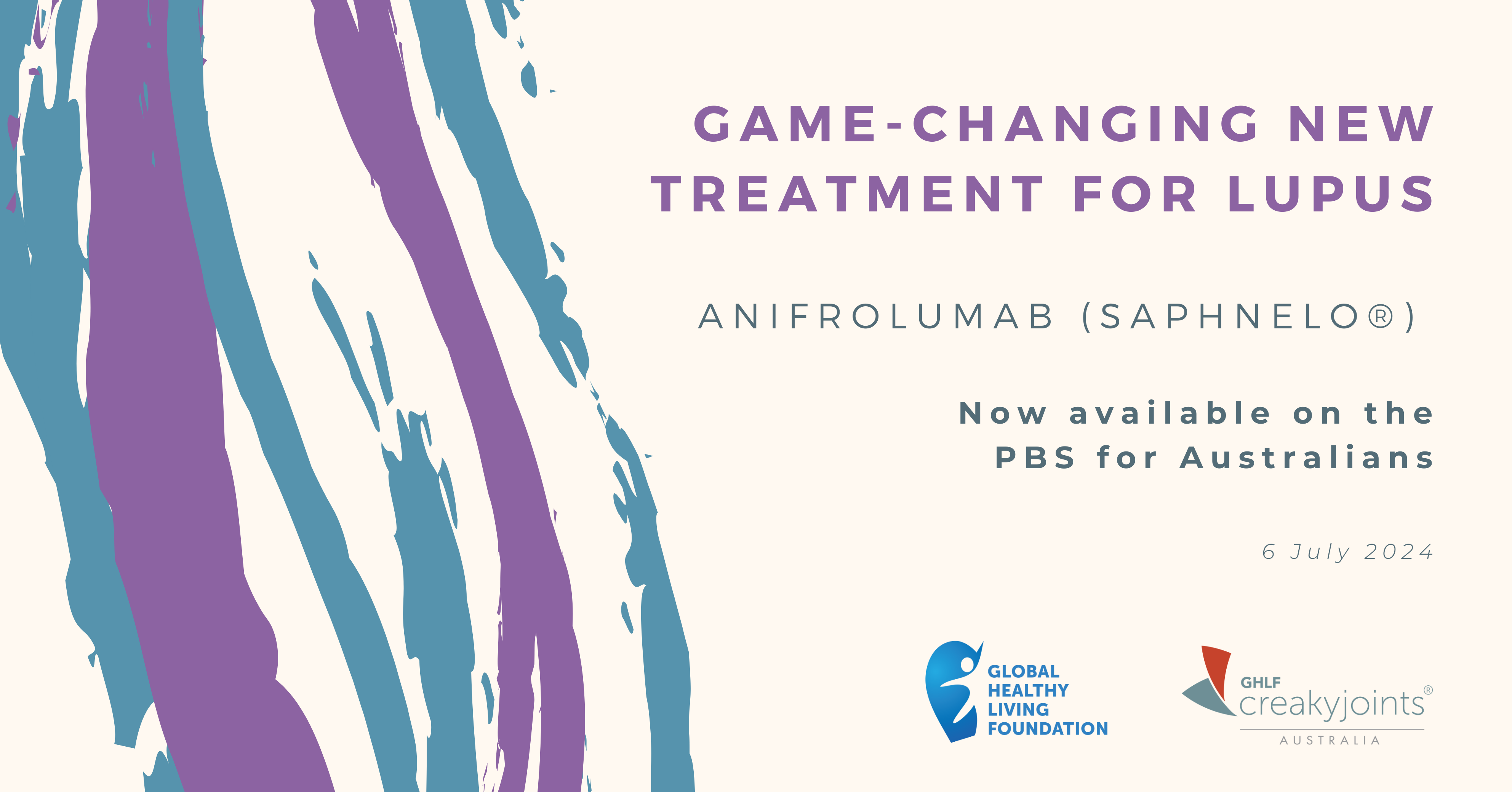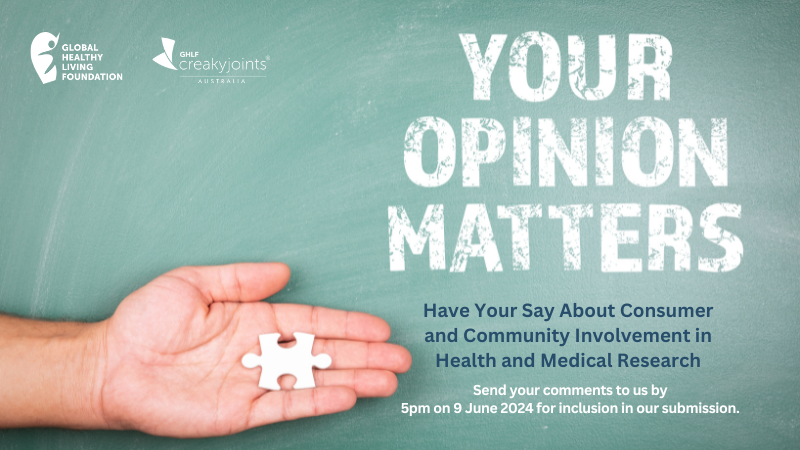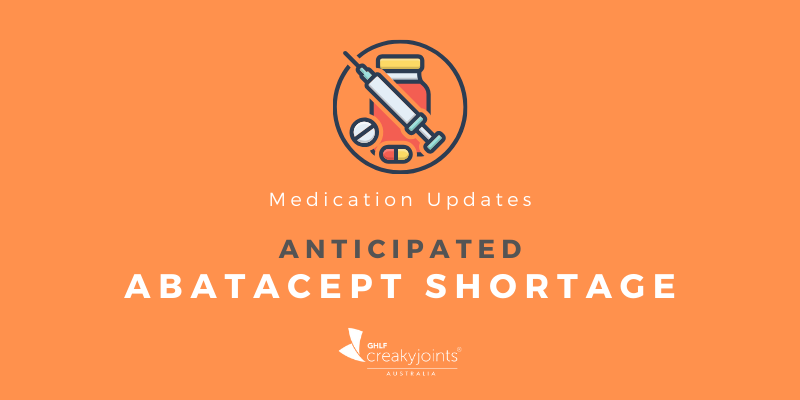

Family birthdays, Christmas Day, Melbourne Cup Day and other public holidays are usually the main days that I stop and take notice of each year. This week is a bit different, though, as it contains two other days that resonate strongly with me – World Mental Health Day on 10 October and World Arthritis Day on 12 October.
10 years ago, I wouldn’t have paid either day much attention, but 10 years ago I didn’t have rheumatoid arthritis, ankylosing spondylitis, type 2 diabetes, fibromyalgia, anxiety and mild depression plus a few other things thrown in for fun. I have to admit, writing that list is still confronting for me even now.
Thankfully, I didn’t develop all of these in one night. They happened progressively. Some of them have direct connections and some seem to have occurred independently (or they have no proven connections at this stage).
The thing is, if you looked at photos of me each year from then until now, you wouldn’t see many changes apart from the obvious ones like hairstyles and clothes. I would still look like a generally healthy adult female. Yet, look more closely and you’ll see some more subtle changes. The fluctuations in weight thanks to medications and periods of less exercise. The dark circles under my eyes that don’t seem to go away. The hair that became very thin after years on one particular medication that we didn’t know was the culprit until last year. (I’m off it now.)
What Caused My Conditions?
Some of my conditions, including rheumatoid arthritis (RA) and ankylosing spondylitis (AS) – different forms of inflammatory arthritis – have no single known cause but it is believed they result from a combination of genetics and environmental triggers such as a viral infection. I developed type 2 diabetes after being on a relatively high dose of prednisolone (a form of cortisone medication) for years to help manage my RA. I’ve never regretted taking it as I would not have been able to function without it.
My fibromyalgia came along around five years ago. It is often closely linked with RA although no one knows why. My AS diagnosis last year came out of the blue as it is not directly linked to RA.
The mental health issues had different causes again. I believe my anxiety and depression were triggered by some upsetting experiences I had a few years ago, but the stress of having chronic health issues has certainly aggravated them since.
Symptoms That Feed Off Each Other
One of the biggest challenges I have is that my symptoms overlap. For example, RA, AS and fibromyalgia can all cause morning muscle and joint stiffness. Fibromyalgia and anxiety can both cause increased sensitivity to things like bright lights, noise and pain. All of these conditions can cause debilitating fatigue.
When you don’t know what’s causing the symptoms, treating them becomes a guessing game. As we are all different, what works for one person may not work for someone else, so we have to go through a constant process of trial and error, which, in itself, is quite stressful.
It’s not all doom and gloom, though. There are many things that I now have in my personal “health management toolkit” that I can draw on at different times to help me feel better. They also help me get on with life.
I use a combination of conventional medications, vitamin and mineral supplements and a well-balanced diet to start with. I love my heat packs and use wrist, ankle and back supports as needed. I now attend a yoga class and a prescribed exercise session once a week. I see a range of allied health professionals regularly, such as my chiropractor and podiatrist. I keep myself busy during the day with various freelance and personal projects that interest me. (Ok, maybe sometimes I bite off more than I can chew, but I love it.)
I also help to run the Young Women’s Arthritis Support Group and am the main content writer and administrative assistant for CreakyJoints Australia. These organisations both help me by supporting me with my own needs and by allowing me the opportunity to reach out and support others as well.
Finally, I make full use of the GP Mental Health Treatment Plan offered by Medicare. This allows those with a diagnosed mental health issue 10 subsidised visits per calendar year to mental health professionals such as psychologists and psychiatrists. I don’t do this every year, but I am comfortable with returning to it whenever things start getting a bit too overwhelming again. I find it helps me sort out my thoughts and develop plans to manage situations that are troubling me.
What I Want Others to Know
In support of both the World Mental Health Day and World Arthritis Day, I’d like others to know the following facts:
- 959,000 Australians live with both arthritis and a mental health condition.*
- It is well known that having a chronic health condition can lead to anxiety and depression.
- It is less well known that having a mental health condition of any sort increases the risk of developing a chronic health condition.*
- Mental and physical health conditions can occur as a result of or completely independent of each other.
- Mental health and physical health go hand in hand. What happens to one will often affect the other.
- Looking after your mental health is just as important as looking after your physical health so it’s ok to ask for professional help when you need it. There’s no shame in that.
Above all, I would like everyone to avoid judging other people’s health by what they look like. They might be young or old, physically able or disabled. You just don’t know what’s going on inside their body. Instead, trust them when they tell you that something is not right and ask them if they could use your help.




